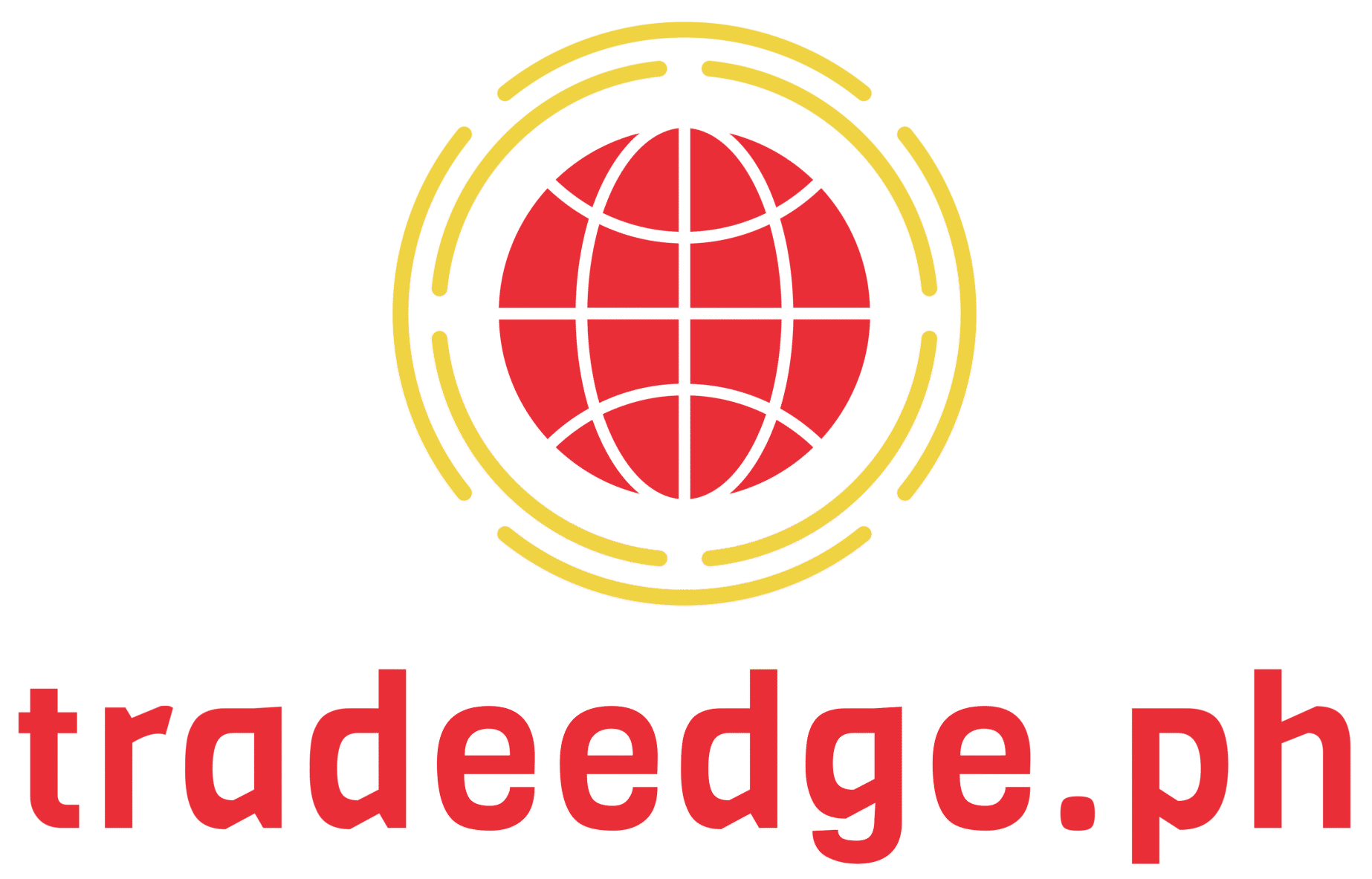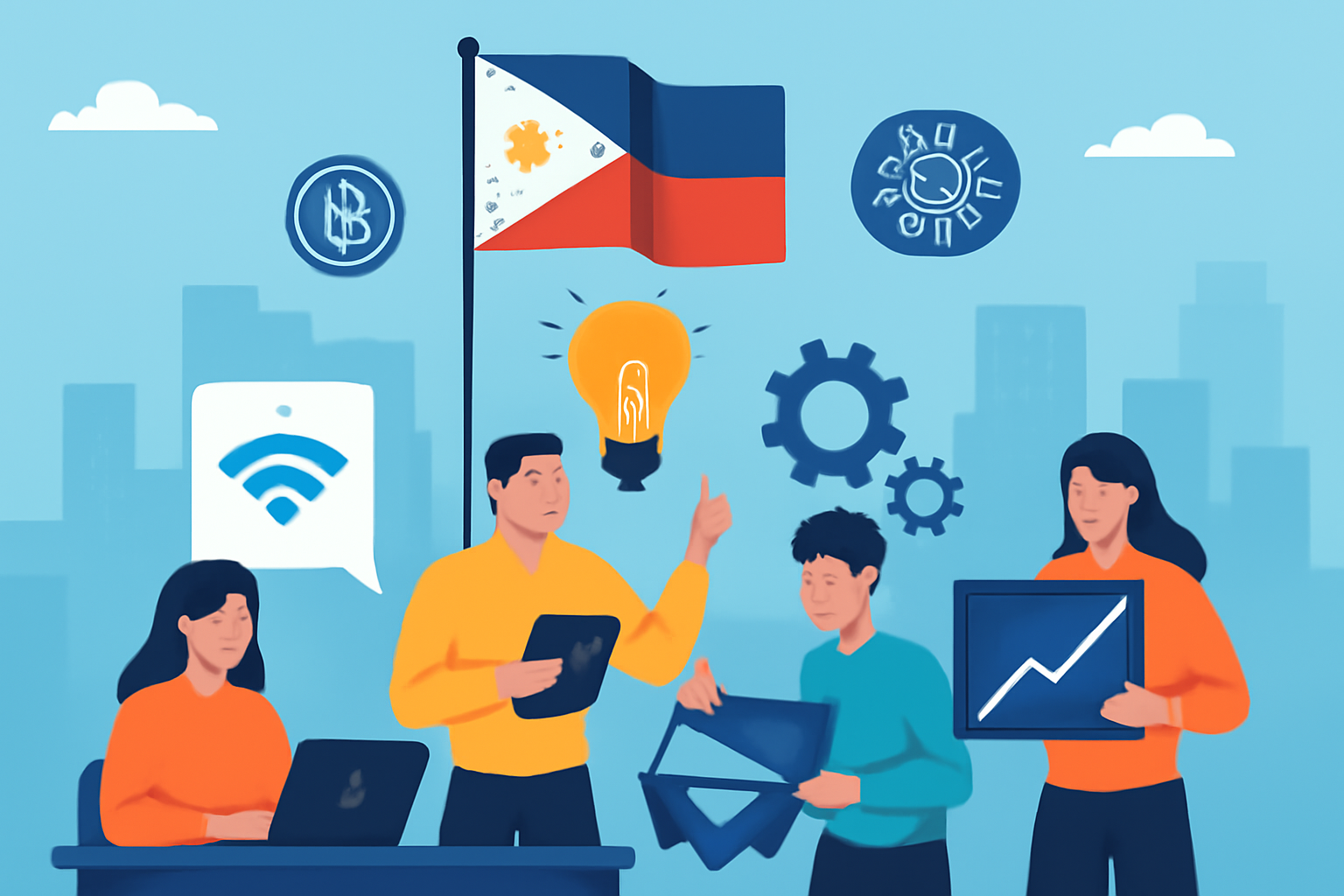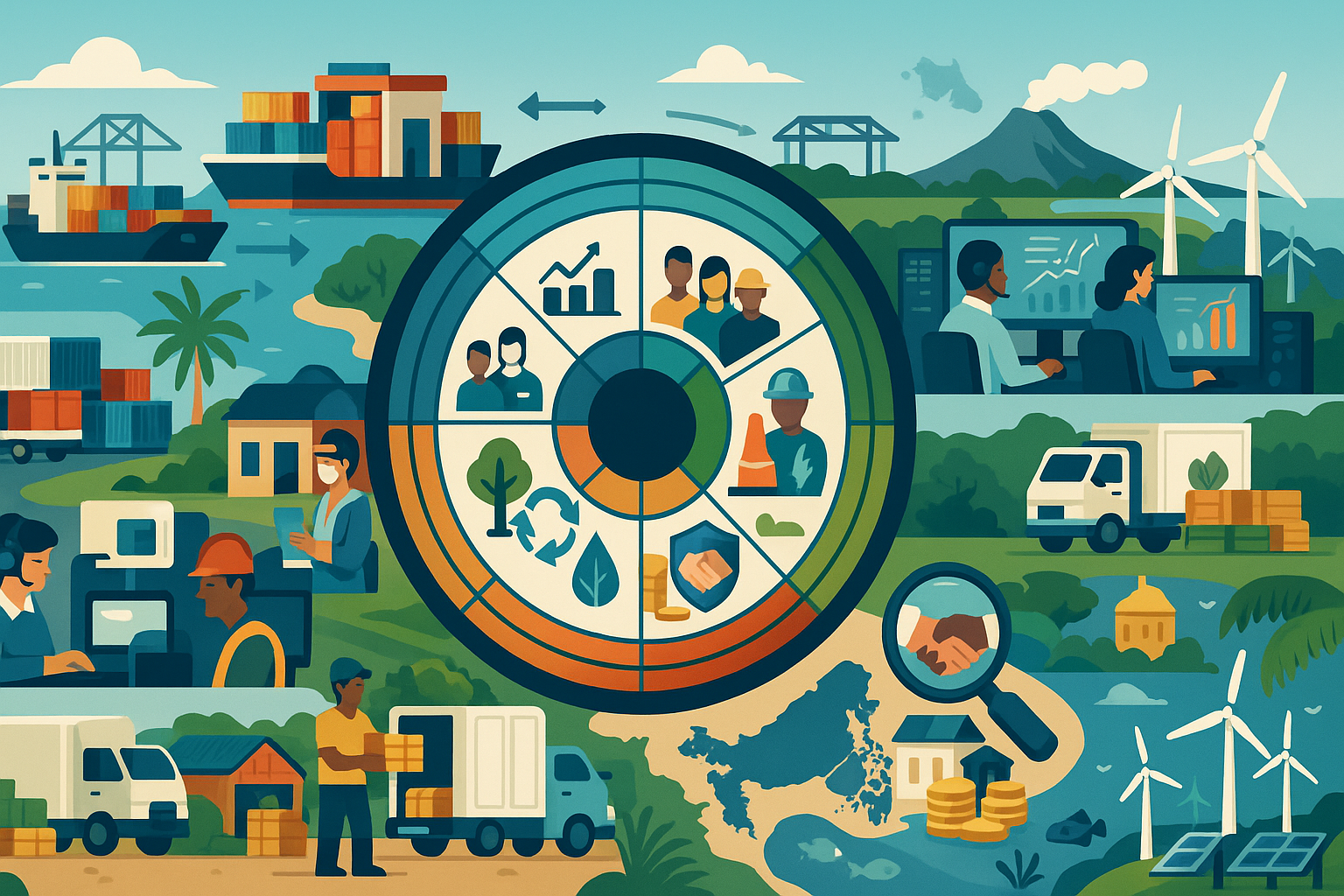The Philippines boasts some of the most influential companies in Southeast Asia, playing critical roles in the nation’s economic landscape. These conglomerates operate across diverse sectors, from retail to telecommunications and energy, and have demonstrated resilience and adaptability in the face of global challenges. This article explores the largest corporations in the Philippines, their current developments, and their future growth prospects.
1. Ayala Corporation: A Legacy of Leadership and Innovation
Ayala Corporation is a symbol of success in the Philippines, with a history dating back to 1834. The conglomerate operates across a range of industries, including real estate, banking, telecommunications, and utilities. Ayala has remained competitive by constantly innovating and diversifying its business portfolio.
In recent years, the company has made sustainability a key focus, particularly through Ayala Land’s green developments. With an increasing emphasis on environmental responsibility, Ayala has integrated green technologies into its real estate projects. Additionally, Globe Telecom has been at the forefront of digital transformation, enhancing its network infrastructure and expanding its mobile services to meet the needs of the growing digital economy.
2. SM Investments Corporation: A Powerhouse in Retail and Real Estate
SM Investments Corporation continues to lead in the retail and property sectors. Through its SM Supermalls and SM Prime Holdings divisions, the company has built a significant presence in retail and real estate. The expansion of its shopping malls and residential developments has transformed urban life across the Philippines.
SM has adapted to changing market conditions by embracing digital transformation. Its e-commerce platforms have enabled the company to remain competitive amidst the rise of online shopping. Additionally, the company’s venture into the banking sector through BDO Unibank has allowed it to tap into new growth opportunities within the financial services industry.
3. San Miguel Corporation: Diversifying for the Future
San Miguel Corporation, originally known for its beer, has grown into one of the largest and most diversified conglomerates in Southeast Asia. With operations spanning food, energy, infrastructure, and packaging, San Miguel has become a driving force in the Philippine economy.
The company’s investments in renewable energy and infrastructure projects have been key to its growth. San Miguel’s energy division has been focused on developing power plants and alternative energy sources, contributing to the country’s energy security. The company’s commitment to environmental sustainability is reflected in its efforts to reduce carbon emissions and promote clean energy.
4. JG Summit Holdings: Expanding Across Key Sectors
JG Summit Holdings is another major player in the Philippines, with investments in a wide range of industries, including food manufacturing, telecommunications, and petrochemicals. Universal Robina Corporation, its food subsidiary, has experienced significant growth, both in the domestic market and internationally.
JG Summit has also invested heavily in the telecommunications sector, with Globe Telecom playing a central role in the company’s strategy. With increasing demand for digital connectivity, JG Summit has been focused on expanding its network infrastructure and digital services.
5. PLDT Inc.: A Leading Force in the Digital Economy
PLDT Inc. is a dominant player in the telecommunications industry, providing vital services such as mobile, internet, and fixed-line connections across the Philippines. As the country’s digital needs grow, PLDT has been focusing on upgrading its infrastructure, particularly through the expansion of fiber-optic networks and mobile services.
In addition to its core telecommunications business, PLDT has diversified into digital finance, positioning itself as a key player in the country’s growing fintech sector. By embracing new technologies and meeting the demands of a digital-first economy, PLDT continues to be a major contributor to the Philippines’ digital transformation.
Conclusion
The largest companies in the Philippines continue to lead the nation’s economic development through their diversified operations and commitment to innovation. Their ability to adapt to changing market dynamics and embrace sustainability positions them well for future growth. As these companies expand their operations and invest in emerging technologies, they will remain critical drivers of the Philippines’ economic progress.




